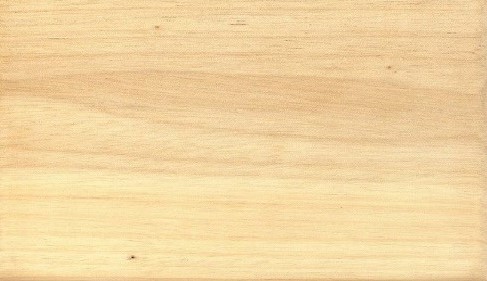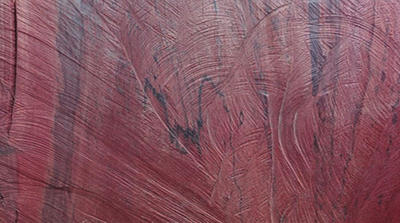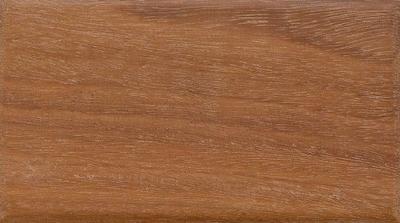Berbá
Scientific Name: Brosimum alicastrum Swartz.
Other Common and Commercial Names: congona, manchinga (Perú), árbol de leche (Bolivia), amapa (Brasil), guáimaro, guayamero, manta, mare, mondongo, pasita sande (Colombia), tillo (Ecuador), barimiso, charo amarillo, charo, guáimaro (Venezuela)
Appearance: The newly cut trunk presents the outer layers of the wood (sapwood) of yellow color similar to the inner layers (heartwood), not being observed between both layers contrast in the color. When it is air dried the sapwood turns pale yellow HUE 8/4 2.5Y and the yellow heartwood HUE 8/6 10YR.
Characteristics: Distinctive Odor. Medium to high brightness. Straight grain to slightly crisscrossed. Fine to medium texture. It is susceptible to the biological attack of chromogenic fungi, due to this, the wet wood must be processed immediately and receive an immersion preserved treatment.
Weight: Basic specific gravity (ovendry weight / green volume) ranges from 0.68 to 0.76; air-dry density from 52 to 58 pcf.
Janka Rating: 2,700
Working properties: Wood is moderately difficult to work, have good skills for working; It is recommended to saw it radially to release tension and obtain good quality products. It is slow drying and requires a gentle program in artificial drying. Dry wood is preserved by cold hot method and wood or export products under pressure autoclave.
Uses: It is used in structures such as beams, columns,parquet, floors, carpentry works, stairs, tool handles, veneers, plywood, decorative veneers, cabinetry, furniture.



